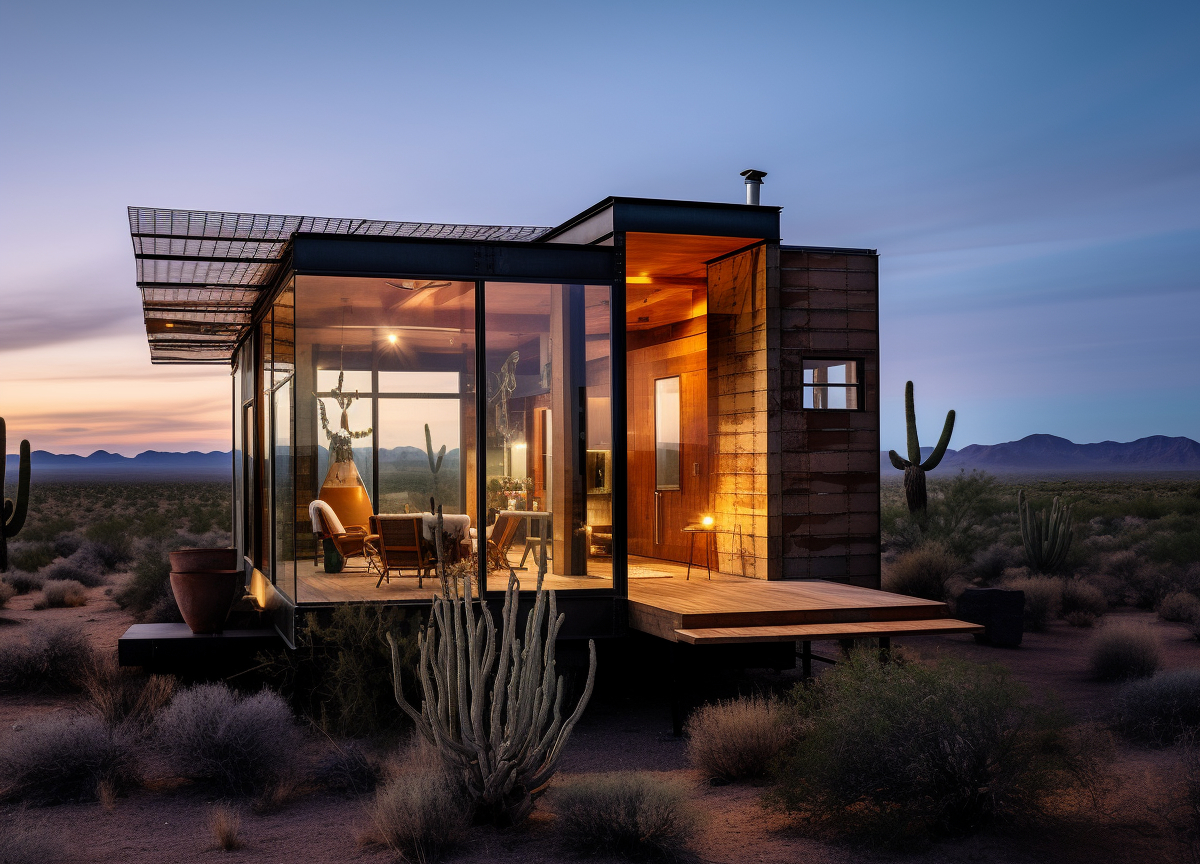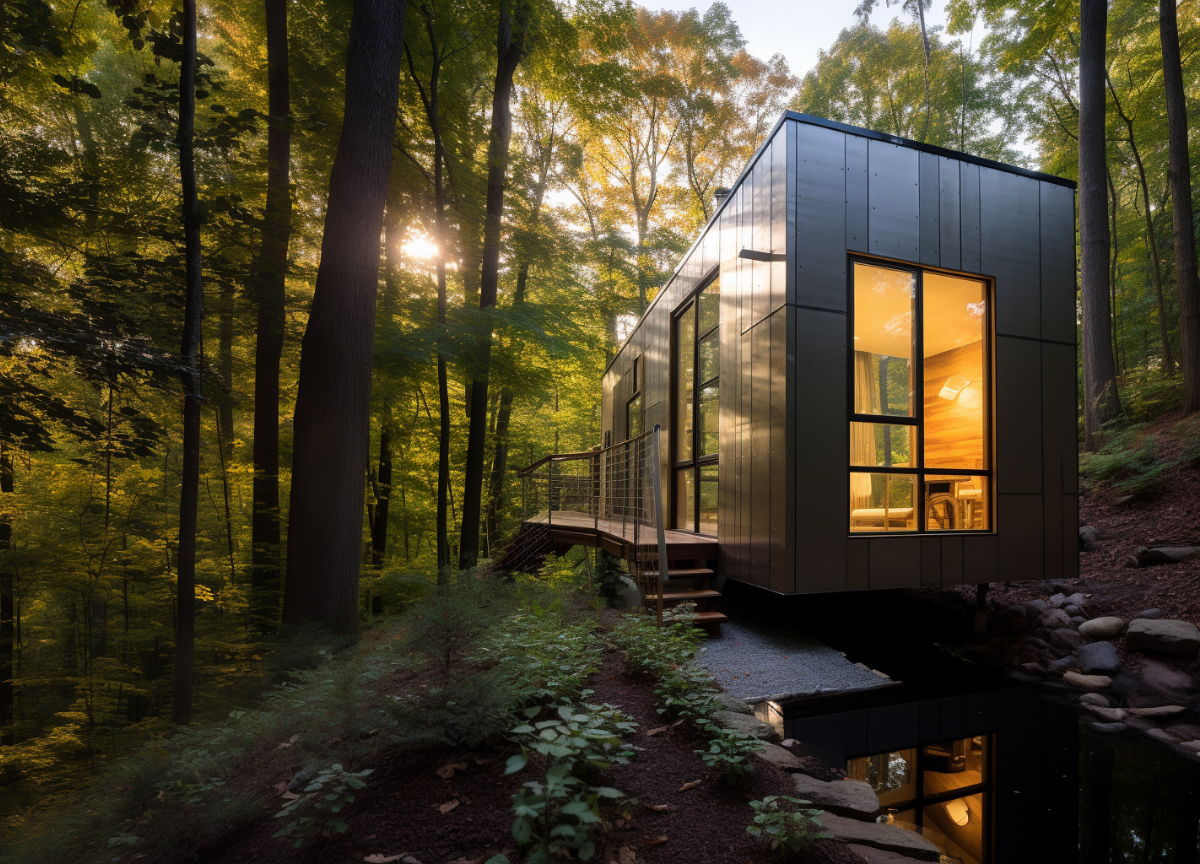5 key facts about this project
The entrance bridge to Gauja National Park in Latvia serves as a significant connection between urban life and the natural world. Located at the threshold of Latvia’s largest national park, the bridge enhances visitors’ experiences as they transition from a city setting to an area rich in biodiversity. Its design draws inspiration from the flowing forms found in nature, particularly recalling the shapes of meandering rivers.
Design Concept
Two counter-rotating sinuous curves define the bridge, creating a form that mimics the natural landscape. This dynamic shape invites visitors to engage with their surroundings even before stepping into the park. With an emphasis on movement and flow, the design promotes a strong relationship between the built structure and the ecological environment.
Materiality
The primary structure consists of steel, chosen for its strength and ability to endure varying weather conditions. Steel provides stability and supports the overall architectural expression. Additionally, the flooring is made of wood, designed to be non-slippery and features gaps that facilitate drainage. This combination not only enhances safety but also promotes functionality for all visitors.
Accessibility Features
The bridge is designed with accessibility in mind, ensuring ease of use for people of all abilities. It includes features such as handrails and an incline of less than 8% to help those with mobility challenges navigate the space. The minimum width of 2.10 meters allows for two users to pass comfortably, fostering a sense of community as people cross the bridge together.
The design integrates seamlessly with its natural surroundings, employing a thoughtful approach that highlights the beauty of the landscape. The bridge leaves ample vertical space for tree canopies, allowing it to blend in with the environment rather than dominate it. This design detail helps maintain the park's character while creating an inviting passage for all who visit.






































